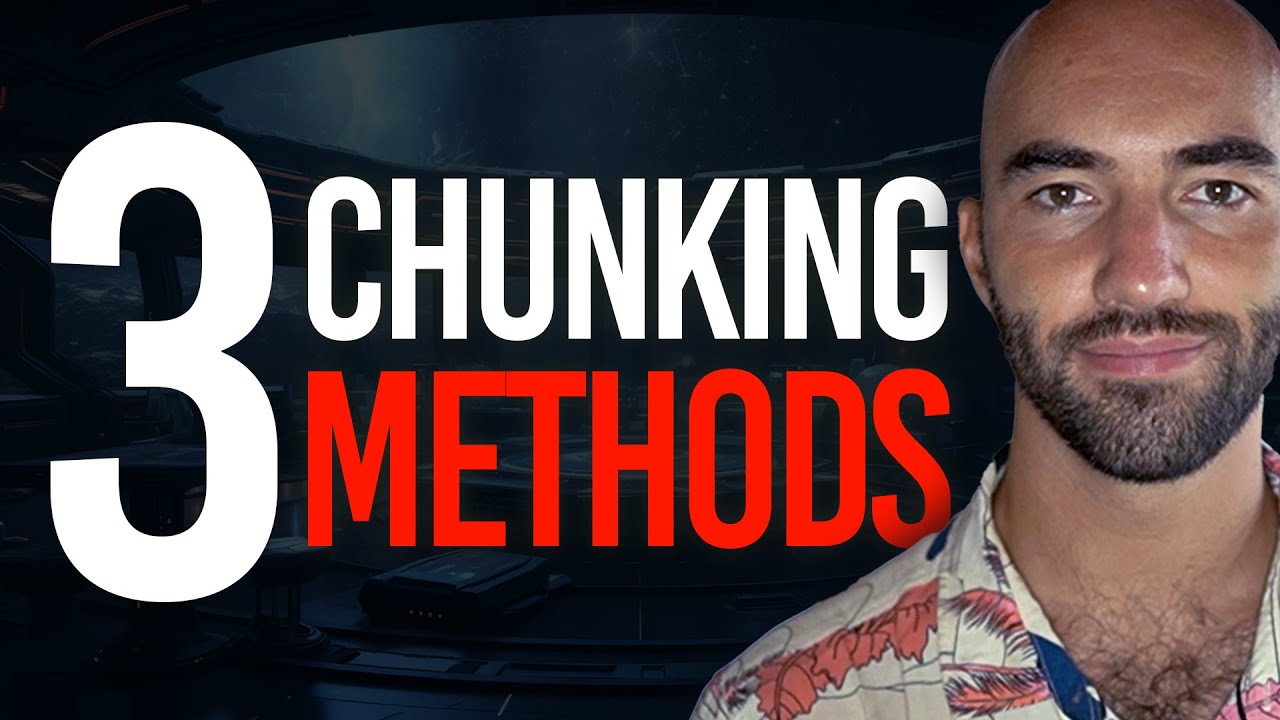The video discusses semantic chunking methods to enhance data processing for applications like RAG, focusing on text modality but noting applicability to video and audio data. Three methods are explored: statistical chunking for user-friendly automatic threshold determination, consecutive chunking for logical segmentation with manual tweaking, and cumulative chunking for noise resistance and potentially better results, each with varying computational requirements and effectiveness.
In this video transcription, the focus is on exploring semantic chunking methods to improve data processing for applications like RAG (Retrieve, Aggregate, Generate). The discussion primarily centers around text modality, although it is mentioned that these methods can also be applied to video and audio data. The presenter introduces three types of semantic chunkers available in the semantic chunkers library and demonstrates their functionality using a chunker’s intro notebook in Collab.
The first semantic chunking method discussed is the statistical chunking approach, which is recommended as a user-friendly option that automatically determines suitable similarity thresholds based on the document’s content. This method efficiently segments the text into chunks, such as titles, authors, and abstracts, providing a quick and effective way to process data with good quality outcomes and minimal latency. The presenter showcases the results of applying the statistical chunking method to an AI archive paper dataset.
The second method presented is consecutive chunking, which involves setting score thresholds for different embedding models to segment the text logically. While this method is cost-effective and relatively quick, it may require more manual tweaking to achieve optimal results compared to statistical chunking. By adjusting the score threshold, users can refine the chunking process and improve the segmentation of the text data. The presenter demonstrates how modifying the threshold can impact the chunking outcomes.
The final semantic chunking method discussed is cumulative chunking, which involves gradually adding text sentences, creating embeddings, and comparing them to identify significant changes in similarity for splitting the chunks. This method is more computationally intensive and time-consuming compared to the previous chunking methods but offers noise resistance and potentially better segmentation results. Although it may take longer to run and be more expensive due to creating numerous embeddings, the cumulative chunking method can be beneficial for certain use cases.
Overall, the presenter highlights the differences between the three semantic chunking methods in terms of their effectiveness, computational requirements, and applicability to different modalities. While the statistical chunking method is suitable for text modality and provides efficient chunking results, the consecutive chunking method requires more manual input but can be tailored for specific needs. On the other hand, the cumulative chunking method offers noise resistance and potentially better segmentation outcomes, although it may be more resource-intensive. The video concludes by emphasizing the importance of selecting the appropriate chunking method based on the specific requirements of the data processing task at hand.
